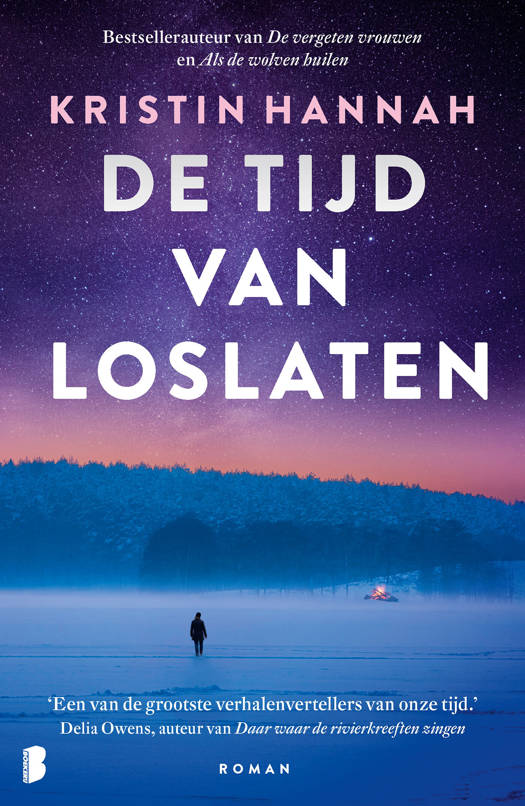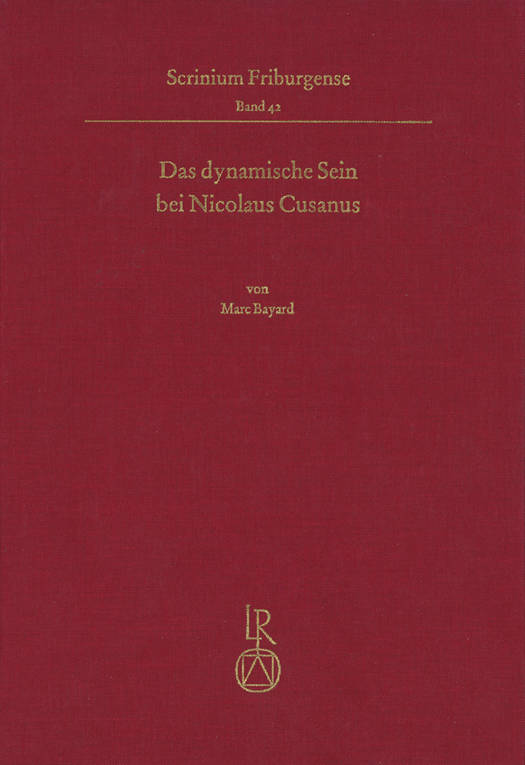
- Afhalen na 1 uur in een winkel met voorraad
- Gratis thuislevering in België vanaf € 30
- Ruim aanbod met 7 miljoen producten
- Afhalen na 1 uur in een winkel met voorraad
- Gratis thuislevering in België vanaf € 30
- Ruim aanbod met 7 miljoen producten
Der Monch Von Salzburg Und Das Lateinische Lied
Die Geistlichen Lieder in Stolligen Strophen Und Das Einstimmige Gottesdienstliche Lied Im Spaten Mittelalter
Stefan Rosmer
Hardcover | Duits | Imagines Medii Aevi. Interdisziplinäre Beiträge zur Mittelalterforschung | nr. 44
€ 131,95
+ 263 punten
Omschrijving
The book studies those sacred songs of the Monk of Salzburg corpus which do not rely directly on a Latinmelodic or textualoriginal. These songs show the form of the canzonic stanza and have therefore been considered to belong into the vernacular tradition of Sangspruchdichtung and Meistergesang. In contrast, the study argues that they rely on, imitate and modify the model of the (monophonic) Latin Liturgical Song, a genre which emerged in the late 12th century and was highly productive in Central Europe until the mid-15th century. For this purpose, a substantial number of late medieval Latin manuscripts containing songs have been assorted, a selection of the Latin songs is edited in an appendix.
Specificaties
Betrokkenen
- Auteur(s):
- Uitgeverij:
Inhoud
- Aantal bladzijden:
- 520
- Taal:
- Duits
- Reeks:
- Reeksnummer:
- nr. 44
Eigenschappen
- Productcode (EAN):
- 9783954903481
- Verschijningsdatum:
- 28/05/2019
- Uitvoering:
- Hardcover
- Formaat:
- Genaaid
- Afmetingen:
- 170 mm x 240 mm
- Gewicht:
- 485 g

Alleen bij Standaard Boekhandel
+ 263 punten op je klantenkaart van Standaard Boekhandel
Beoordelingen
We publiceren alleen reviews die voldoen aan de voorwaarden voor reviews. Bekijk onze voorwaarden voor reviews.










